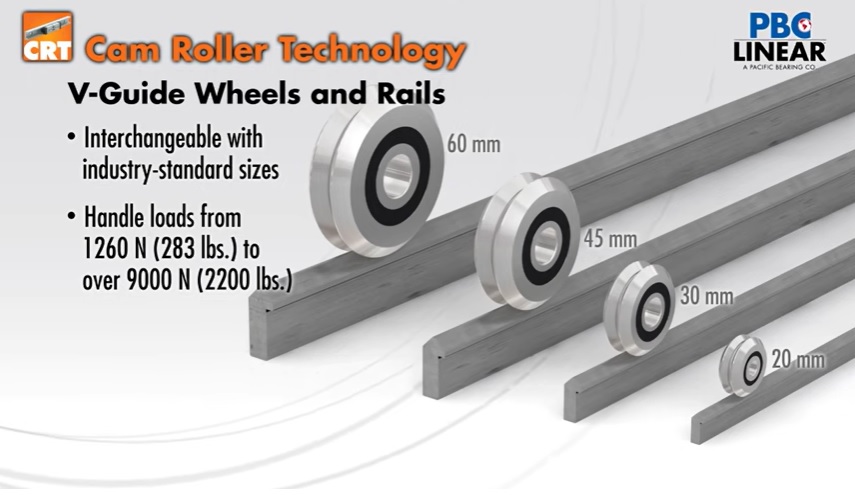Nokia Presents MX Boost at Hannover Messe 2022

Nokia is introducing MX Boost for private wireless which combines disparate radio technologies and spectrum to achieve the best possible reliability and performance for demanding Industry 4.0 use cases. Using MX Boost, organizations can aggregate radio technologies, such as Wi-Fi and 4.9G/LTE, as well as spectrum, to optimize throughput and improve determinism, which is the ability of the network to guarantee performance, even in challenging radio conditions for real-time applications.
Adoption of private 4.9G/LTE and 5G is growing, allowing industries to gain new insights and capabilities from their operational data through reliable, secure low latency connectivity of assets. In parallel, legacy assets will continue to be in operation and enterprises need to retain existing wireless connectivity solutions like Wi-Fi. Industries also seek additional options in terms of spectrum use as they ramp-up asset connectivity and need more data capacity.
 MX Boost allows the industrial sector to choose connectivity paths for the transfer of data.
MX Boost allows the industrial sector to choose connectivity paths for the transfer of data. Nokia has developed MX Boost for private wireless, a Nokia Bell Labs patented innovation, to allow enterprises to combine and use different radio technologies in the most effective way, while at the same time enhancing network performance in challenging radio conditions such as typical in ports, metal factories and mines. The MX Boost routing applications run on connected devices and at the Nokia MX Industrial Edge (MXIE) on-premises solution. Leveraging unique algorithms and real-time link testing, MX Boost automatically selects the strongest radio link and delivers the combined radio stream to either boost throughput in challenging radio conditions, or determinism.
Nokia MX Boost allows industries to choose how they combine connectivity paths to meet their specific needs. Some examples include:
Enhancing private 4.9G/LTE data rate and capacity for operational technology (OT) applications by aggregating 4.9G/LTE and Wi-Fi, while keeping the reliability of 4.9G/LTE.
Improving reliability, using two radio technologies simultaneously such as two 4.9G/LTE bands, for very deterministic uses cases requiring very stable low latency.
MX Boost functions at the IP layer, meaning it is very easy to aggregate very different connectivity technologies without complexity, such as combining terrestrial technologies with satellite connectivity, ultimately offering endless combination possibilities. For industrial sites, MX boost also functions with brownfield non-Nokia Wi-Fi or other wireless technologies, allowing enterprises to combine it with private 4.9G/LTE for increased determinism and increased capacity.
Leo Gergs, senior analyst, ABI Research, said, “While the appetite for enterprise connectivity – and private networks - is growing steadily, potential implementers are often overwhelmed by having to choose from an array of different technologies. The key to fostering enterprise connectivity, therefore, is to offer an easily deployable solution that takes away this complex decision and lets enterprises focus on what they can do best. Nokia MX Boost, presents the industry with the 1st instantiation of a simple technology that breaks the boundaries between Wi-Fi and 4G/LTE & 5G technologies. It means enterprises no longer need to worry about having to choose the right technology for their use cases, thanks to the ability of MX Boost to combine different connectivity technologies – including legacy Wi-Fi - into a single wireless connectivity system."
As part of this new offering, the MX Boost routing functions will be made available as an application running on Nokia MX Industrial Edge and will launch new field routers as part of a new range of industrial devices that also support the new MX Boost capabilities.
MX Boost is a proven technology that is used in the Nokia Train-to-Ground solution to meet the challenges of mission-critical urban and metro rail communications. The solution uses multipath connectivity to ensure reliable, seamless performance in challenging situations, such as when traveling at high speed, through tunnels, handing over between two service provider networks and at busy stations.
Nokia will be exhibiting this technology at Hannover Messe in Hall 5, Booth E48.





